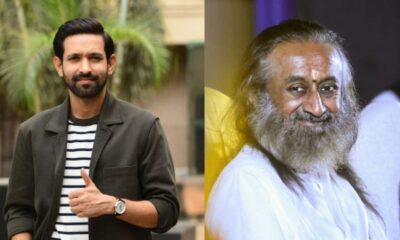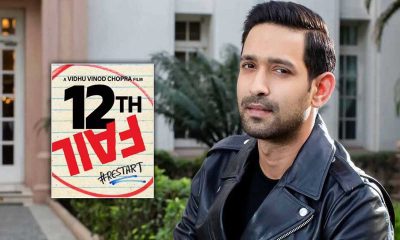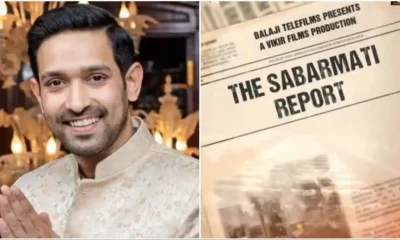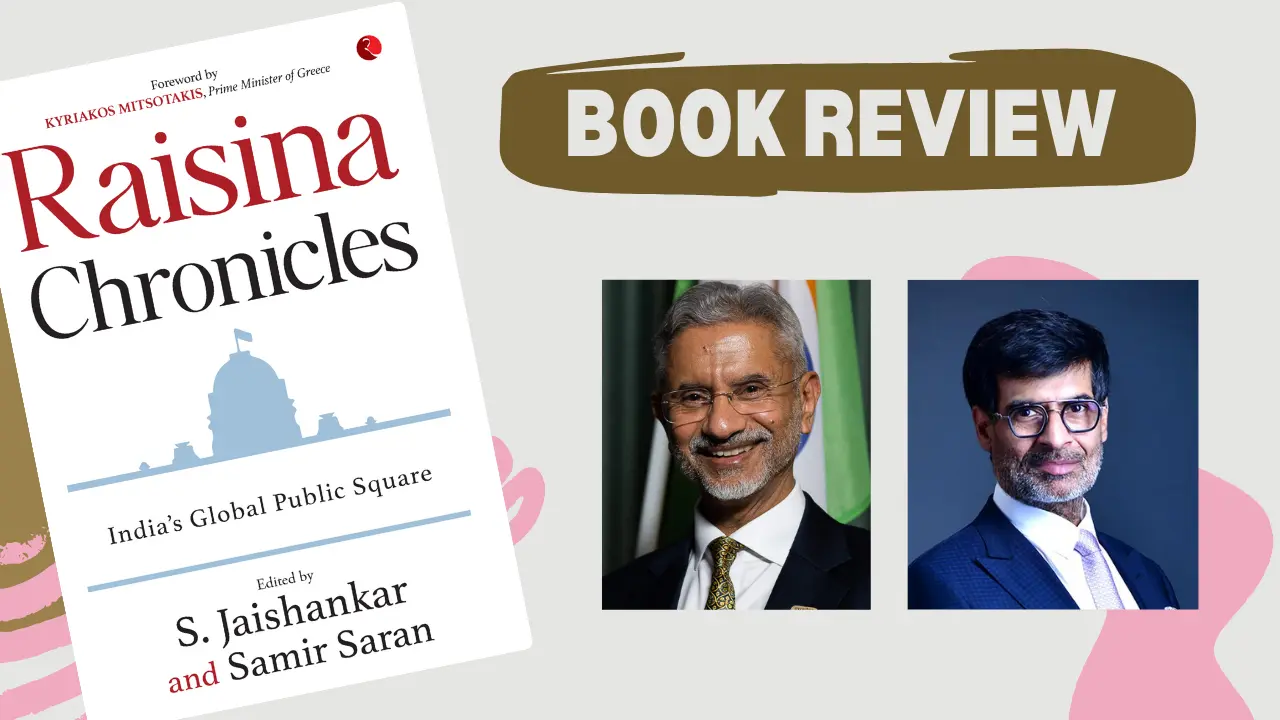[vc_row][vc_column][vc_column_text]Konkona Sensharma’s mediocre debut relies too much on cast; acting and music are its sole forte
By Sucheta Dasgupta
In the 19th century, ‘paschim’ (meaning west, but referring to northern and central Indian locations, and not to be confused with ‘paaschaatya’, meaning The Occident) was a common destination for the travelling Bengali. The well-heeled among community members would travel to Deoghar, Jasidih and Ghatshila (all in Jharkhand) for the curative ‘change of air’ (hawabadal) recommended by the family doctor, Varanasi and Allahabad (Uttar Pradesh) for study and pilgrimage, and Raipur (Chhattisgarh), Bhopal and Jabalpur (Madhya Pradesh) to work for the British government. This was even as their less enlightened brethren in the heartlands continued to live by beliefs such as the one that dictated anyone walking nine kos (one kos is a little over three kilometres) away from his village should lose his caste. But the Renaissance had arrived and its message was spreading fast.
In 1933, Irishman Ernest Timothy McCluskie set up McCluskieganj near Ranchi, in the scenic backdrop of the Lohardaga Ghat hills and the Dugadugi river, as a mooluk (homeland) for Anglo-Indians. Just under 475 km from Kolkata, the town soon became a favourite getaway for Bengali holidaymakers who, along with Gujaratis, have traditionally been the most active in the domestic tourism scene. Set in the pre-liberalisation 1970s and depicting the lives of the Bengali jeunesse dorée, A Death in the Gunj is actor Konkona Sensharma’s first directorial venture and is based on a slice-of-life penned by her father, the writer Mukul Sharma. And from context to content, in so many ways, it is a Bengali film in English just as Shoojit Sircar’s Piku is a Bengali film in Hindi.
The film opens with a panoramic shot of the misty jungles of McCluskieganj with hill ranges on the horizon. The camera cuts to two men standing in front of the open boot of a car, discussing how best to fit “a body” inside it. Who died? What led to their demise? The entire story is told in retrospect.
It is about a family from Calcutta (as the West Bengal capital was then known) spending its winter holidays in the Gunj. The patriarch-in-making Nandu (Gulshan Devaiah) and sensitive Shutu, or Shyamal, played memorably by Vikrant Massey, are brothers travelling with Nandu’s controlling wife, Bonnie (Tilottama Shome), their whiny eight-year-old, Tani (Arya Sharma), and Bonnie’s sexy-minx Franco-Bengali friend, Mitali aka Mimi, also played masterfully by the talented Kalki Koechlin. The group arrives at the bungalow of Bonnie’s parents, the drinks-loving ex-serviceman OP Bakshi (Om Puri) and kind and down-to-earth Anupama (Tanuja). They are joined there by more friends—Australia-bound Brian (Jim Sarbh) and fun-loving and macho, if rakish, Vikram, who is of nawabi ancestry and is portrayed in a powerful performance by Ranvir Shorey.
 Shutu, the pivot of the story, is a student with a secret. He is the quintessential ‘weakling’, emotional, intellectually gifted and an introvert who ends up becoming a pushover. His crisis is not an uncommon one among Bengali youth. He is struggling to cope with his father’s death and, predictably, studying science when he clearly enjoys languages more. In no few instances, he reminds the viewer of Michael Burke’s 2003 drama film, The Mudge Boy, wherein the titular character is played by a young Emile Hirsche. However, unlike him, Shutu is denied his moment of redemption, which arrives in a kabaddi game but is taken away from him in true-blue Bengali fashion by an overprotective mother figure. One can say his character study is at the heart of the film.
Shutu, the pivot of the story, is a student with a secret. He is the quintessential ‘weakling’, emotional, intellectually gifted and an introvert who ends up becoming a pushover. His crisis is not an uncommon one among Bengali youth. He is struggling to cope with his father’s death and, predictably, studying science when he clearly enjoys languages more. In no few instances, he reminds the viewer of Michael Burke’s 2003 drama film, The Mudge Boy, wherein the titular character is played by a young Emile Hirsche. However, unlike him, Shutu is denied his moment of redemption, which arrives in a kabaddi game but is taken away from him in true-blue Bengali fashion by an overprotective mother figure. One can say his character study is at the heart of the film.
The other subject the film deals in is showing the audience how the Bengali other half lives. To that extent, it is also a mildly ironic look at their often-superficial, self-centred lives, where they are shown maniacally singing, dancing and playing games while the feeding and care of their pets are left to the household help. Mimi’s hedonism and bohemian ways form part of a familiar stereotype. It is perhaps the first time Koechlin plays a femme fatale with a decadent side to her; as usual, she is a treat for sore eyes.
There are many nostalgic period props—the blue Ambassador, the bellbottoms, the trunk call and rotary dial phones and the currency (the Anglo-Indian patisserie lady says, that will be nine rupees and four annas, please). There is humour—when Tani goes missing and her mother is worried for her safety, her tipsy and forgetful grandfather says, why are you people working yourselves up over nothing? Haridas is not to return; the tribals have found him and eaten him up by this time. Haridas, the tortoise, was a family pet who was forgotten on a trip and never returned home.
There are cultural references—the mutton, for instance, is cooked with potato, and Mimi cuts them too finely, not knowing it would make them melt into the gravy. The mahua and the madol of the Santhals may be familiar to many a Bengali, but will capture the imagination of north and south Indians. As will Sagar Desai’s eclectic choice of music—especially the traditional Santhali folk song—Toot gachhe bhoot nache. Otherwise, the film is held together by the superb acting of its strong cast—the veterans deliver what is promised and the younger lot does not disappoint. Sirsha Ray’s camerawork is moody and melancholic.
Nevertheless, the linear narrative of the film drags quite a bit in both the first and second halves. The ending is an anti-climax. The screenplay is superficial and the treatment sketchy and somewhat self-indulgent, with too many plot holes. It shies away from confronting the parenting, family and mental health issues it sets out to address.
The movie is marketed misleadingly as a mystery and a thriller; it is not speculative fiction either, as one newspaper has tried to claim. Because speculative fiction means the writer must create an entire parallel universe and a (fake) séance (“planchette?”), a song and the cinematic suggestion of someone having given up his ghost, literally, does not even an old-fashioned ghost story make.
Sensharma’s directorial venture is competently produced but lacks courage—and a well-told story. It ends up leaving the viewer a trifle underwhelmed.
At one point in the film, Koechlin’s Mimi wonders, what if Shutu had been a girl? What if Shutu had been a girl? Would the added pressure of misogyny have led her to ‘man up’, break free of her dilemmas and face up to her issues? Just to see for herself if she could stand up to society and follow through on her own psychological quest? Possibly satisfy it? It’s a moot point.[/vc_column_text][/vc_column][/vc_row]

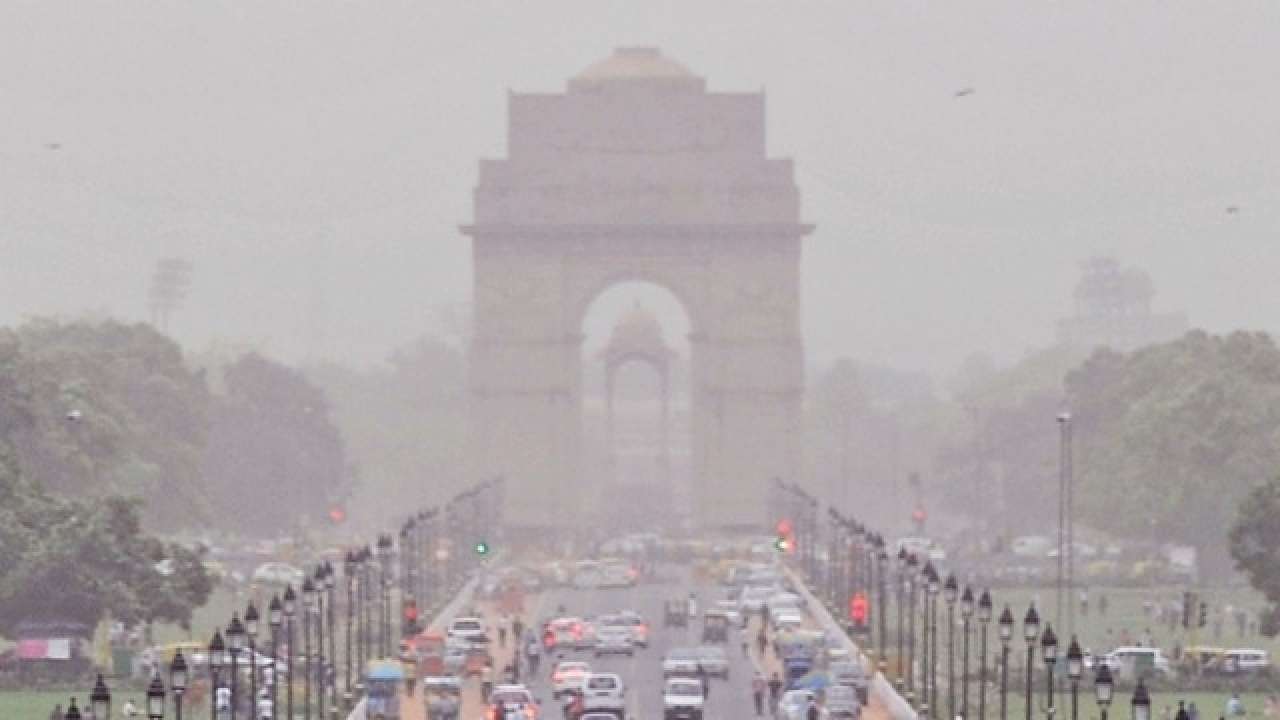
 India News17 hours ago
India News17 hours ago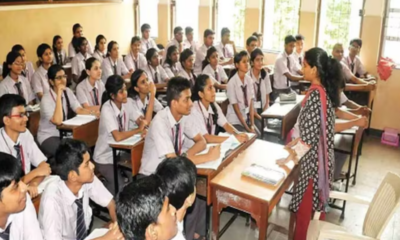
 India News16 hours ago
India News16 hours ago
 India News12 hours ago
India News12 hours ago
 Latest world news17 hours ago
Latest world news17 hours ago



